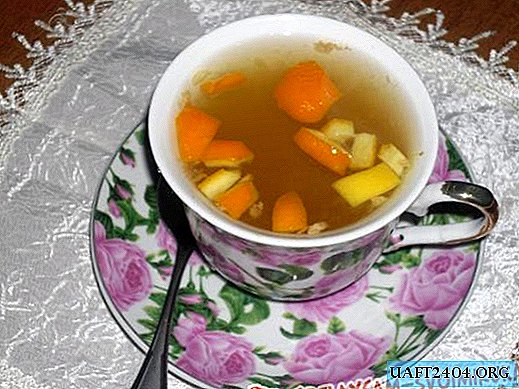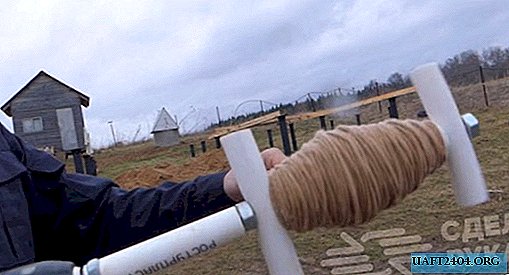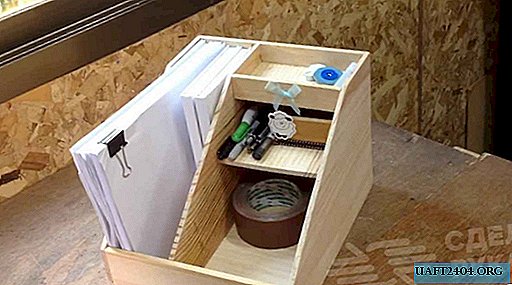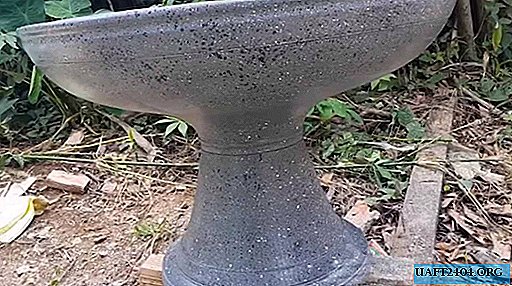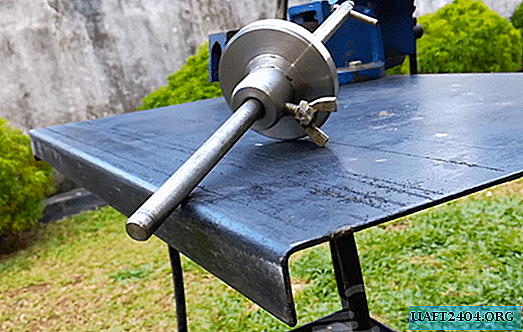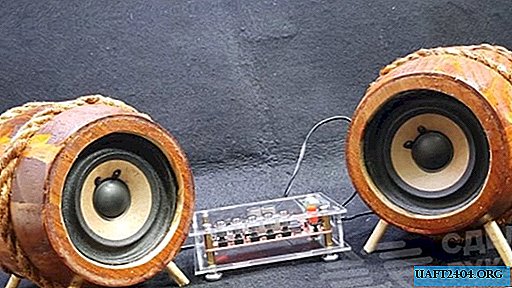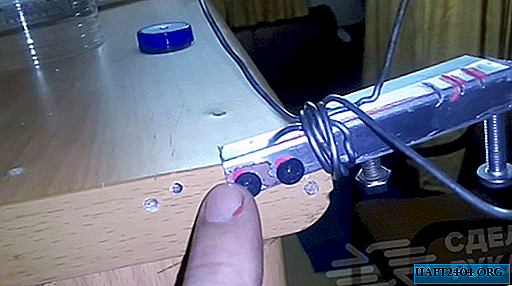Share
Pin
Tweet
Send
Share
Send
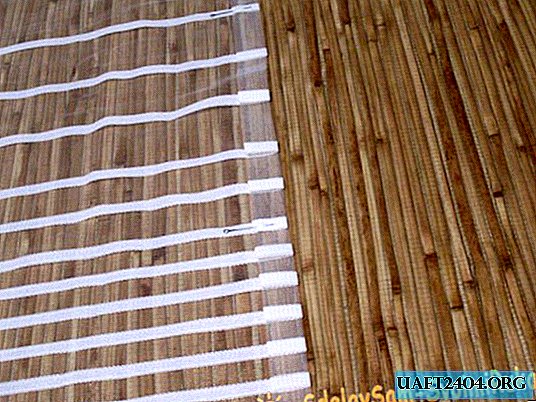
First of all, the sides of the tulle are treated. As a rule, this is a usual hem in a hem with a closed cut, in finished form, from 2 to 3 cm wide (depending on the density of the fabric).
There are two types of nets - soft plastic and hard. The first ones are rather difficult to hem, especially without preliminary wet-thermal preparation, the second ones are somewhat simpler.
In any case, it is best to prepare the sides in advance, and only then lay the machine line. To do this, gently, without stretching in length, iron the side sections of the tulle on the wrong side by 4-6 cm. Then the allowance must be bent halfway inward. To prevent the fabric from twisting during sewing, allowances should be fixed with pins every 15-20 cm.

After that, it is necessary to stitch the sides of the tulle at a distance of 2 mm from the inner bent edge.
At the stage of laying the machine stitch, the following difficulties may arise: the machine chews the edge of the fabric at the beginning of the line, the stitch loops, skipped stitches.
To prevent the machine from chewing on the edge of the net, you need to sew without fastening, at the beginning of the line you need to leave rather long ends of the threads, for which you can slowly pull up the fabric, helping its movement.
The stitch length should not be short. Then the sewing process will advance much easier and faster.
It is better to loosen the thread tension. Then the finished side seam will not tighten.
If the stitch starts to loop, or skipped stitches appear, you may need to put a knitting needle.
If this does not help, or helps a little, you need to use a zig-zag instead of a straight line.
It is advisable, of course, before starting work to try to sew an unnecessary piece of tulle to make sure that the line is beautiful and of high quality.
If there is a pattern on the tulle, for example strips, you should carefully monitor that it matches.

Then you need to process the bottom of the tulle.
The allowance for its processing must first be ironed to the wrong side by 6 cm, and then again - half the width.

Then the bottom of the tulle must be stitched.

From the bottom of the tulle up, the desired length should be postponed (for example, from the floor to the bottom of the hook), from this mark up, two more widths of the extrafor (curtain band) plus 2 cm should be postponed. Everything else needs to be cut.
The machining allowance must be ironed to the wrong side of the fabric for the entire design width, and then even in half.

Currently, extrafor is available with 2, 3 or 4 stitches, designed to tighten the tulle in width to the desired length of the cornice. If it has 4 threads, an extra line is usually laid in the middle between them. In other cases, it is enough to sew the extrafor two lines, only along the edges.

First, the extrafor should be stitched along the upper edge, departing 1 cm from the top of the tulle. Then, to avoid twisting of the fabric during sewing, its lower edge is fixed with pins.

Then a line is laid along the lower edge of the curtain tape, the pins are removed.
From one end edge, from the seamy side of the braid, the threads of the brace should be tied together, and from the other - stretch to the front side of the braid so that it is convenient to tighten the tulle.

At the end, the tulle is pulled to the desired width, the threads are tied, wound in a small roll and hidden under extra-porcelain.

If necessary, the tulle is ironed ready-made.
Tulle made of mesh on a curly extrafora is ready!
Share
Pin
Tweet
Send
Share
Send

